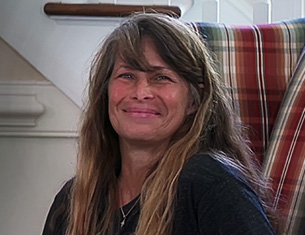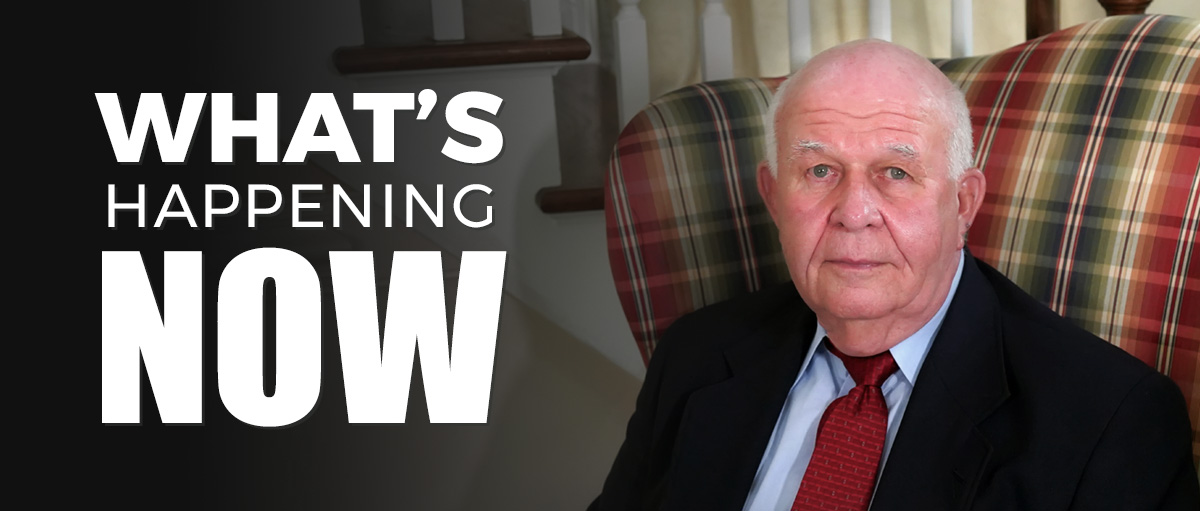Publisher's note: The author of this post is Barry Smith, who Print Columnist for the Carolina Journal, John Hood Publisher.
See Editor's Note at the end of this story.
RALEIGH — Election watchers suggest that, including outlays from candidates, political parties, and independent expenditure groups, more than $75 million could be spent in this year's U.S. Senate campaign featuring Democratic incumbent Kay Hagan and Republican House Speaker Thom Tillis.
But that hardly would be the most expensive Senate campaign in recent state history after accounting for inflation and the growth in state population. Using the $75 million figure to cover all spending, this year's Senate race is not the most costly in state history.
Despite claims that the costs of elections have grown beyond control, candidates for governor and U.S. senator in North Carolina aren't spending more to promote their campaigns than they were decades ago. In terms of spending, no statewide campaign has come close to the 1984 mega-race for the U.S. Senate between Republican incumbent Sen. Jesse Helms and Democratic Gov. Jim Hunt. In that campaign, Helms spent $16.5 million while Hunt spent $9.5 million, totaling $26 million.
Accounting for inflation, the Helms and Hunt campaigns spent nearly $60.8 million in 2014 dollars. Dividing the campaign spending by the 2.98 million registered voters at the time, the two contenders spent $20.41 for every registered voter in the state.
In contrast, by November roughly 6.5 million voters will be registered in North Carolina. If $75 million were spent from all sources in this year's Hagan/Tillis race — which is the amount estimated by Matt Bales, research director at the N.C. FreeEnterprise Foundation — $11.54 per voter would be spent.
(Story continues below graphic)

The real growth in spending has come from independent expenditure groups, or super PACs, that have expanded their activities dramatically after the McCain-Feingold campaign law and state-based contribution limits forced political candidates to raise money in smaller amounts from more donors.
Since super PACs can't coordinate efforts or messages with candidates, campaign committees, or political parties, a valid way to look at campaign spending from one election cycle to another is to tally how much the candidates spent through their campaign committees.
This year, Bales thinks the Hagan and Tillis committees will spend much less in comparable dollars than Helms/Hunt. "I would say probably between $20 million and $25 million" in the Senate race, he said. That would drop the per-vote total even lower — between roughly $3.10 and $3.85 for every registered voter in the state. Oddly enough, that would make the Hagan/Tillis race one of the less expensive ones in recent memory.
The only other statewide race to be in the same campaign spending ballpark as Helms/Hunt came in 1990 when Helms took on Democrat Harvey Gantt, a former Charlotte mayor. Those two candidates spent nearly $48.9 million in inflation-adjusted 2014 dollars. Based on 1990 registration figures, the Helms/Gantt campaigns spent $16.14 for every registered voter — much more than the anticipated spending per voter in this year's Hagan/Tillis race.
The first U.S. Senate race during the modern era of a competitive two-party system in North Carolina was the 1972 clash for an open seat between Helms and Democrat Nick Galifianakis, when nearly $6.2 million in 2014 dollars were spent between Helms ($3.8 million in inflation-adjusted 2014 dollars) and Galifianakis ($2.4 million in 2014 dollars) — about $2.95 for every registered voter, slightly less than the expected spending this year. The actual figures for 1972 were $657,216 for Helms and $416,188 for Galifianakis, totaling nearly $1.1 million.
Races for governor have proved to be much less expensive than U.S. Senate campaigns.
In inflation-adjusted dollars, and dollars per voter, the most expensive governor's race took place in 2000, when Democrat Mike Easley and Republican Richard Vinroot spent a combined 27.5 million in inflation-adjusted 2014 dollars. Easley's share of that was $15.6 million, with Vinroot spending $11.9 million. Adjusted for voter registration, the campaigns spent $5.63 per eligible voter.
In actual dollars that year, Easley spent $11.1 million and Vinroot $8.5 million.
While the U.S. Senate spending figures go back to 1972, the gubernatorial campaign totals are available only from 1992 to the present. That's because the U.S. Senate campaign reports were available either on the Federal Elections Commission website or from FEC officials. The gubernatorial reports were available on the State Board of Elections Web page dating back to 1992. Earlier, less-comprehensive reports are on microfilm at the state archives. Voter registration figures came from the State Board of Elections and the U.S. Census Bureau.
Bales noted that "much more money is truly needed in a presidential year than in a nonpresidential year." The same holds true between more-competitive and less-competitive races, he said.
For example, Democrat Kay Hagan's successful bid to unseat incumbent U.S. Sen. Elizabeth Dole in 2008, a presidential election year, saw the two major party nominees spend a combined $32.8 million, adjusted for inflation.
Two years later, during the 2010 midterm elections, U.S. Sen. Richard Burr and Democrat Elaine Marshall spent a combined $8.3 million in inflation-adjusted dollars. That race was never seen as competitive by most political observers.
Bales also notes that name recognition can help candidates raise more money, which they typically spend. For example, Republican Gov. Pat McCrory spent an inflation-adjusted $7.2 million during his unsuccessful 2008 bid for governor against Democrat Bev Perdue. During his second campaign in 2012, he spent $11.6 in inflation-adjusted dollars to defeat then-Lt. Gov. Walter Dalton, a Democrat.
"Once you've built some name ID, that is a huge growth factor in fundraising," Bales said.
Chalmers Brumbaugh, who chairs the Political Science and Policy Studies Department at Elon University, said North Carolina's U.S. senators have made a bigger splash on the national scene than the state's governors have made.
"There's nobody like Helms, there's just nobody," Brumbaugh said.
Brumbaugh worries with the shift from spending by candidates to spending from independent groups, candidates are losing their ability to deliver the messages they choose.
"Helms and Gantt, they controlled what they were doing," Brumbaugh said. "Now, the candidate simply doesn't have control over the message, or even most of the message any more."
Brumbaugh said that when he teaches a campaign management class, his students learn to keep a focus on their candidate's message.
"You want to control everything; you want to control the message; you want to control everybody who speaks for you," Brumbaugh said. Mistakes that occur outside the campaign's control, he said, mean "you could lose the race."
Barry Smith (
@Barry_Smith) is an associate editor of Carolina Journal.
Editor's note: After this story was published, Carolina Journal obtained spending totals from contemporary press reports for the 1984 and 1988 gubernatorial campaigns.
In the 1984 open-seat campaign, Republican Jim Martin spent $3.1 million and Democrat Rufus Edmisten spent $4.5 million. Adjusted for inflation, the two major party nominees spent $17.8 million, or $5.97 per registered voter.
In the 1988 campaign, incumbent Gov. Martin spent $6.34 million for his re-election, and Democratic challenger Bob Jordan spent $4.6 million. Adjusted for inflation, the two spent $22.4 million, or $7.41 per registered voter.























